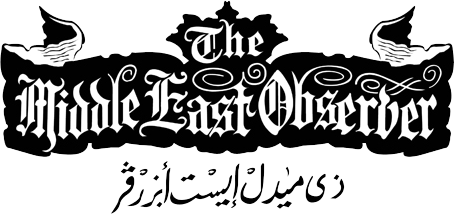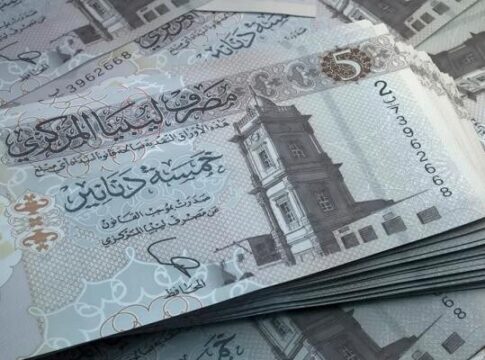Libya’s economic landscape has been turbulent, notably since the country’s internal divisions emerged from the 2011 NATO-backed uprising. The political split in 2014 led to the establishment of rival administrations in the east and west, each with independent governance structures. This division has had a profound impact on Libya’s economic policies, including currency valuation.
The devaluation comes amid a backdrop where the dinar’s parallel market rate hovers around 7.20 to the dollar. In September of last year, the dinar saw a downturn in the black market, attributed to a power struggle over the central bank that sharply reduced oil production and exports. The crisis saw resolution later that month through a UN-brokered agreement between Libya’s competing legislative bodies, leading to the appointment of a new central bank governor and a relative stabilization of the oil sector.
Economic expert Dr. Amal Abdulkader from Cairo University commented, “Libya’s currency adjustments are not merely financial maneuvers but are deeply intertwined with its political environment. The recent devaluation reflects attempts to reconcile fiscal policies in a divided nation.”
As part of ongoing economic reforms, the eastern-based parliament speaker reduced the foreign currency purchase tax from 20% to 15% in November, a move designed to ease currency exchange burdens for Libyan citizens. This tax reduction was intended to stabilize market conditions and promote economic confidence among Libyans.
The central bank revealed that Libya’s state spending reached 224 billion dinars (approximately $46 billion) in 2024, with significant allocations towards crude-for-fuel exchanges. Meanwhile, public debt continues to escalate, currently standing at 270 billion dinars, with projections suggesting it could exceed 330 billion dinars by 2025 due to the absence of a unified national budget.
Stephanie Koury, Deputy Head of the U.N. Mission to Libya, emphasized the urgent need for fiscal discipline, urging Libyan leaders to “urgently agree on a framework for spending in 2025 with agreed limits and oversight” to prevent further economic deterioration.


